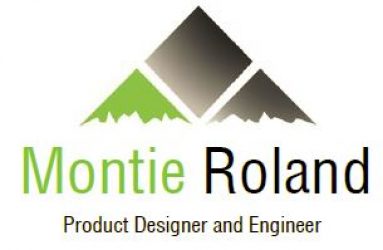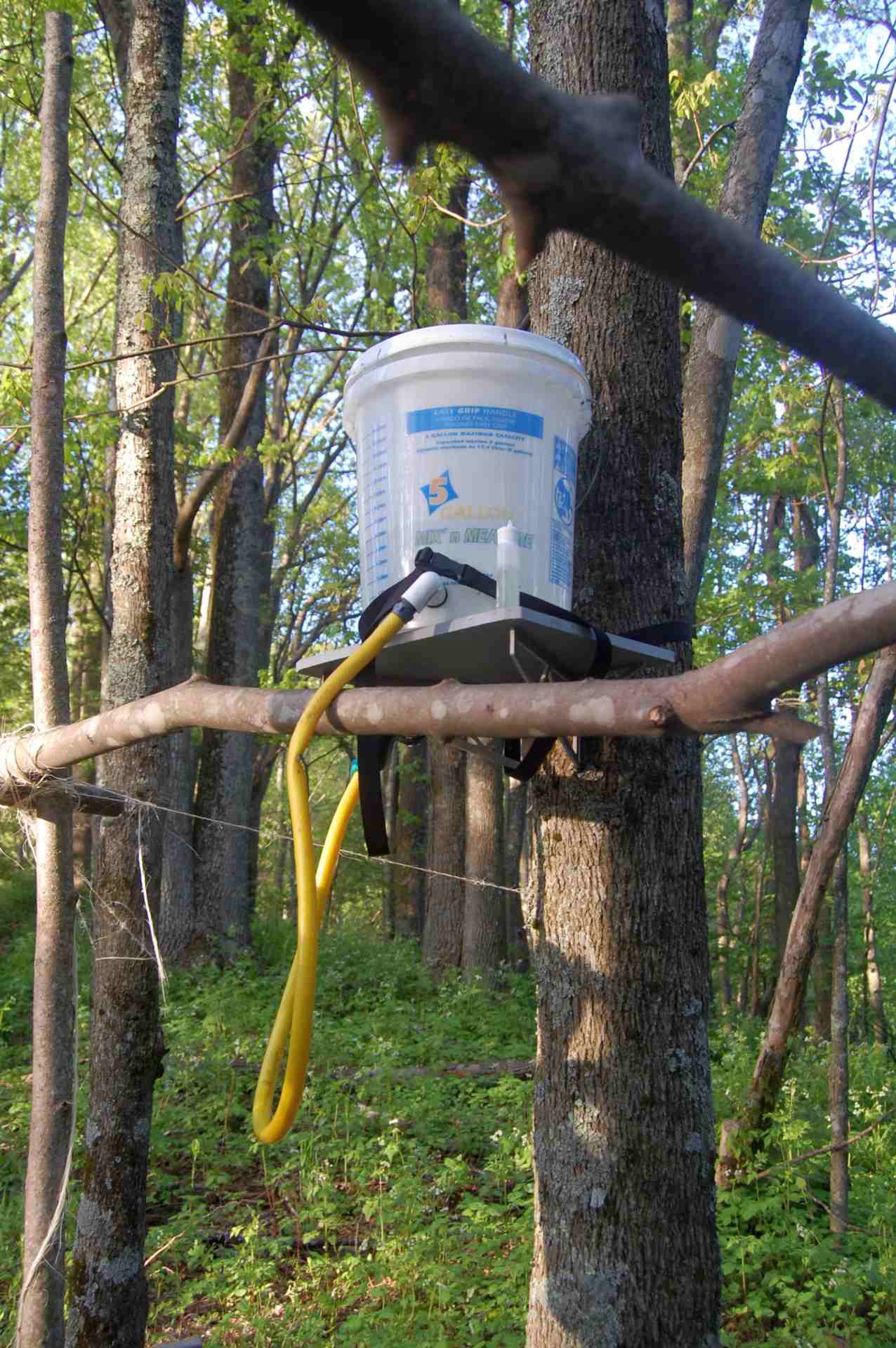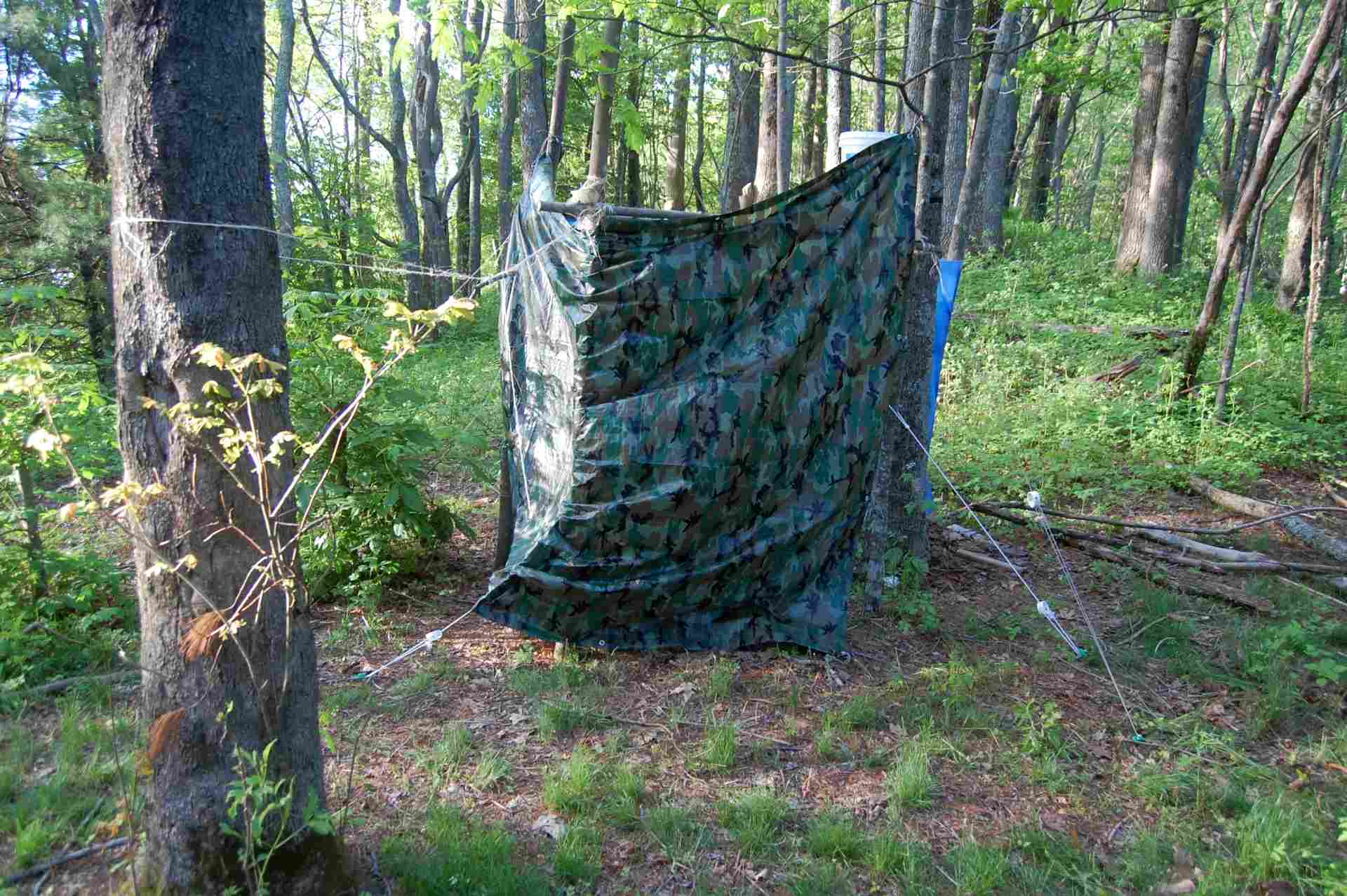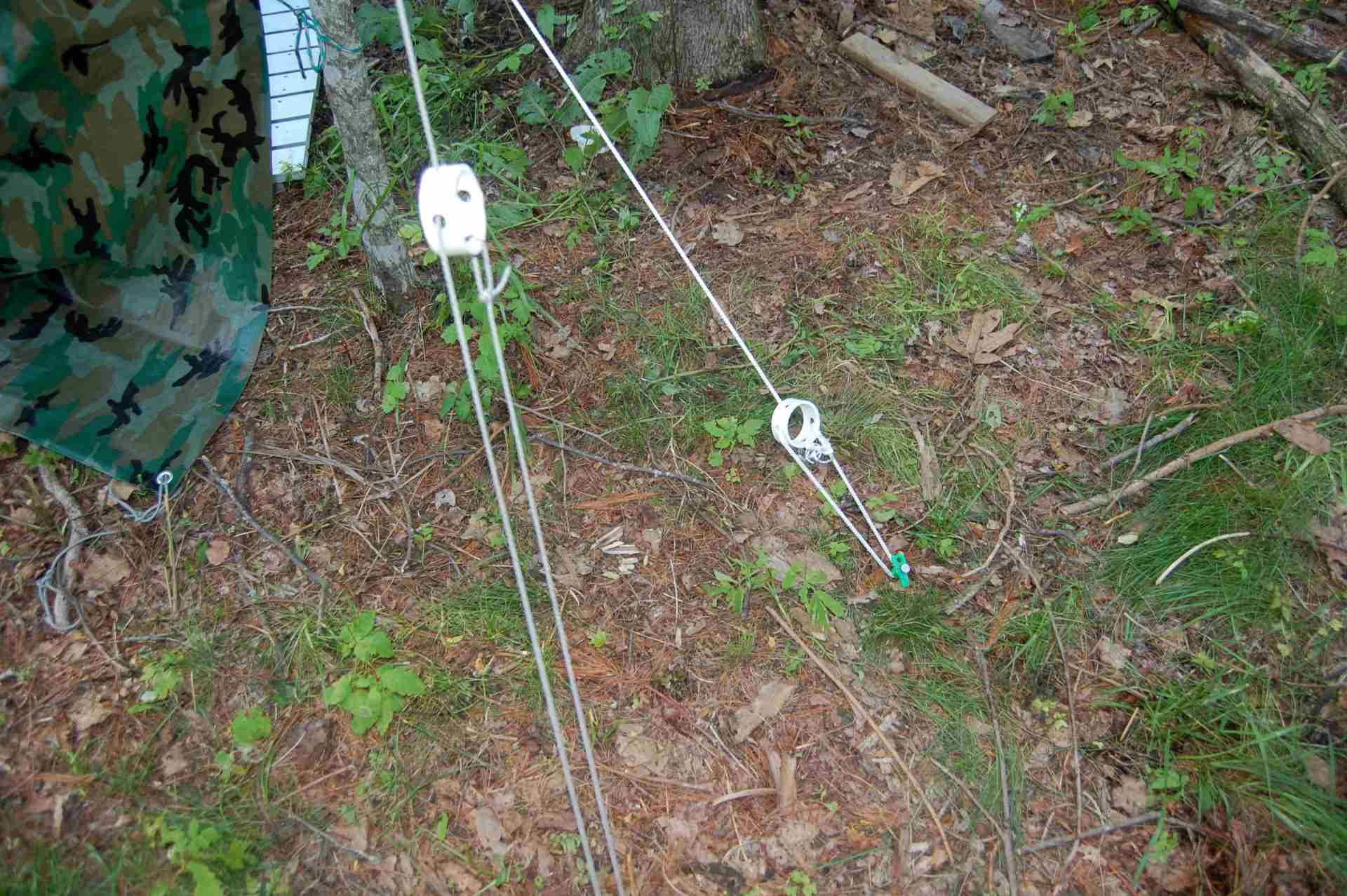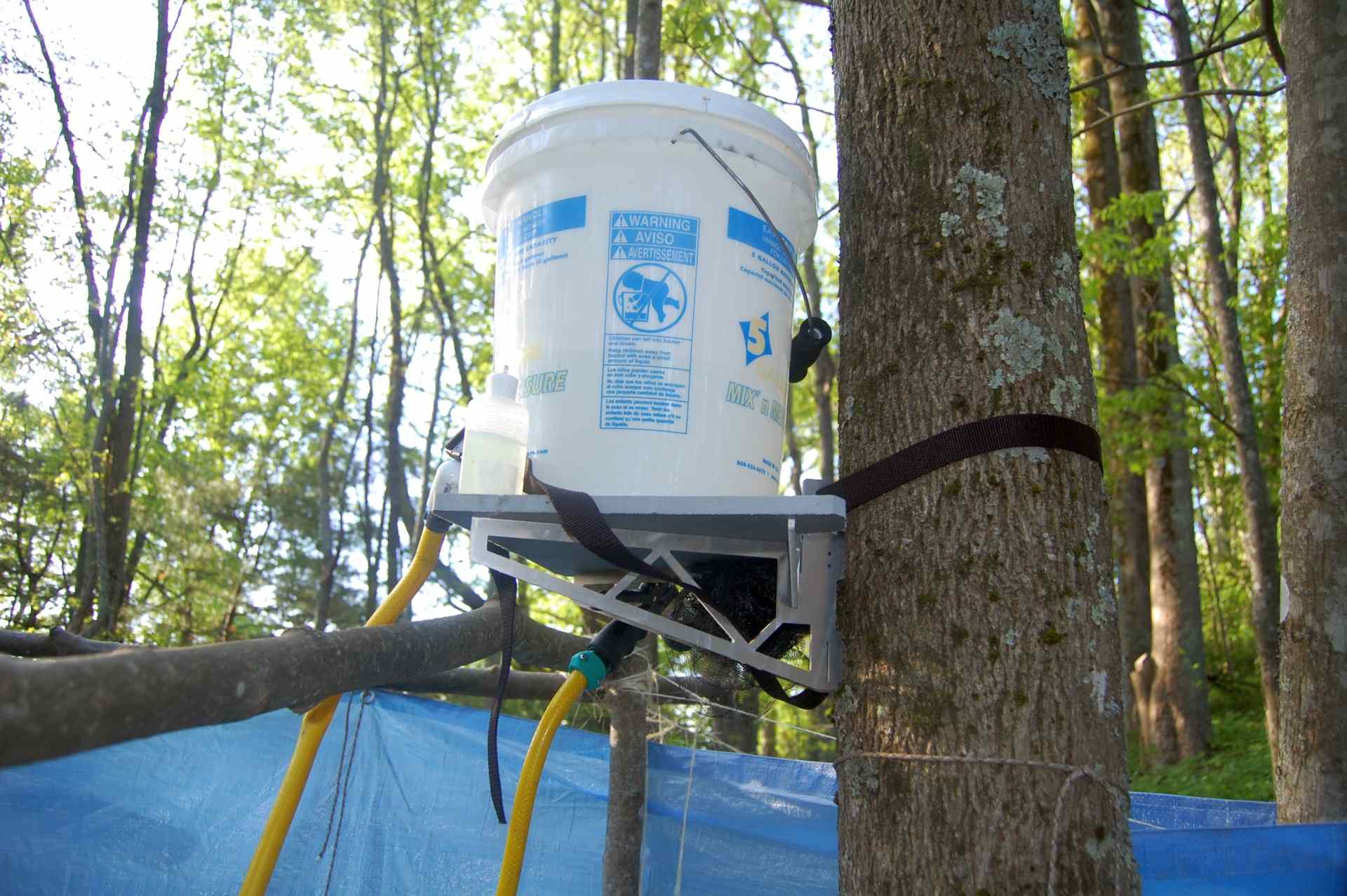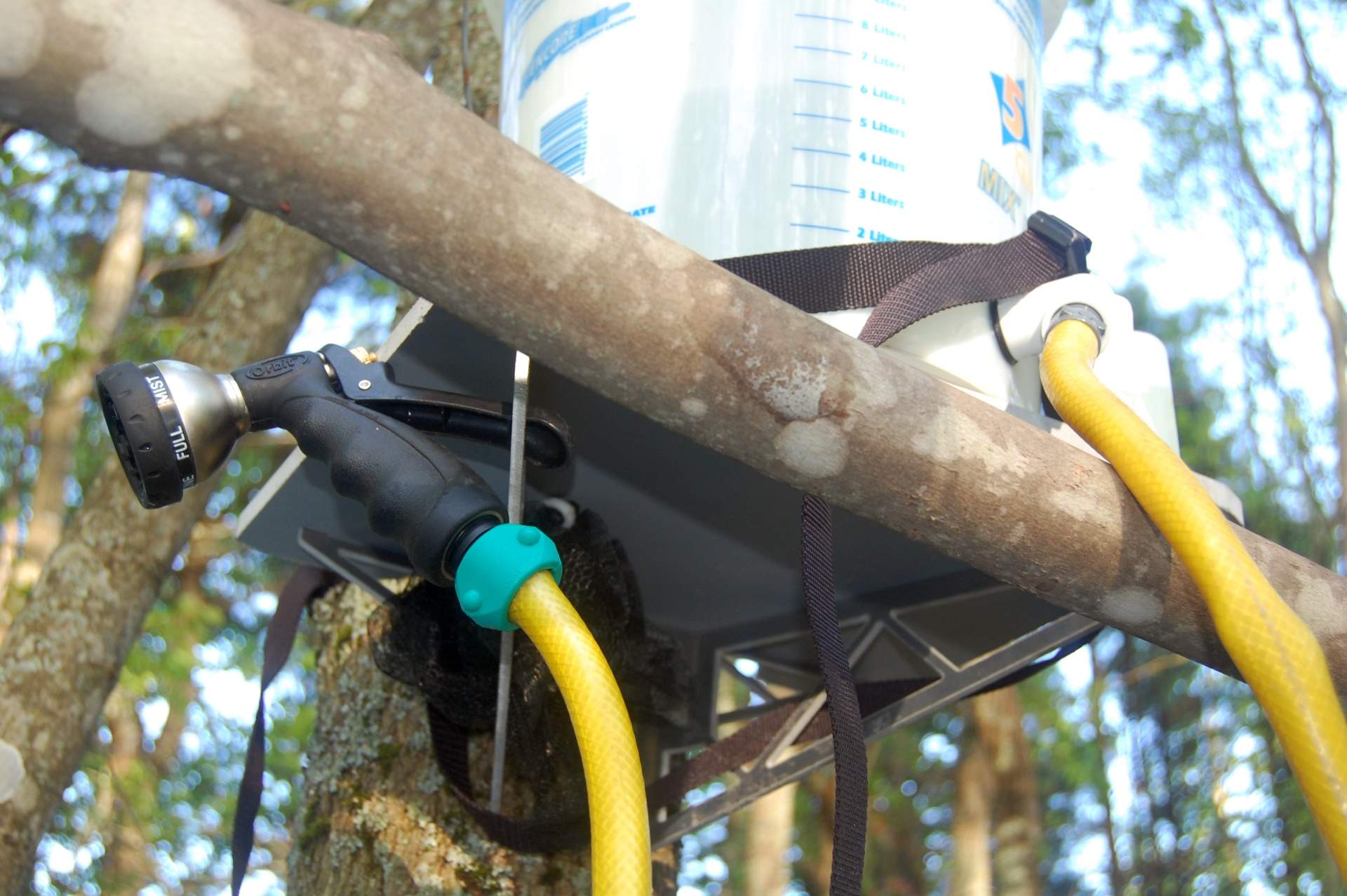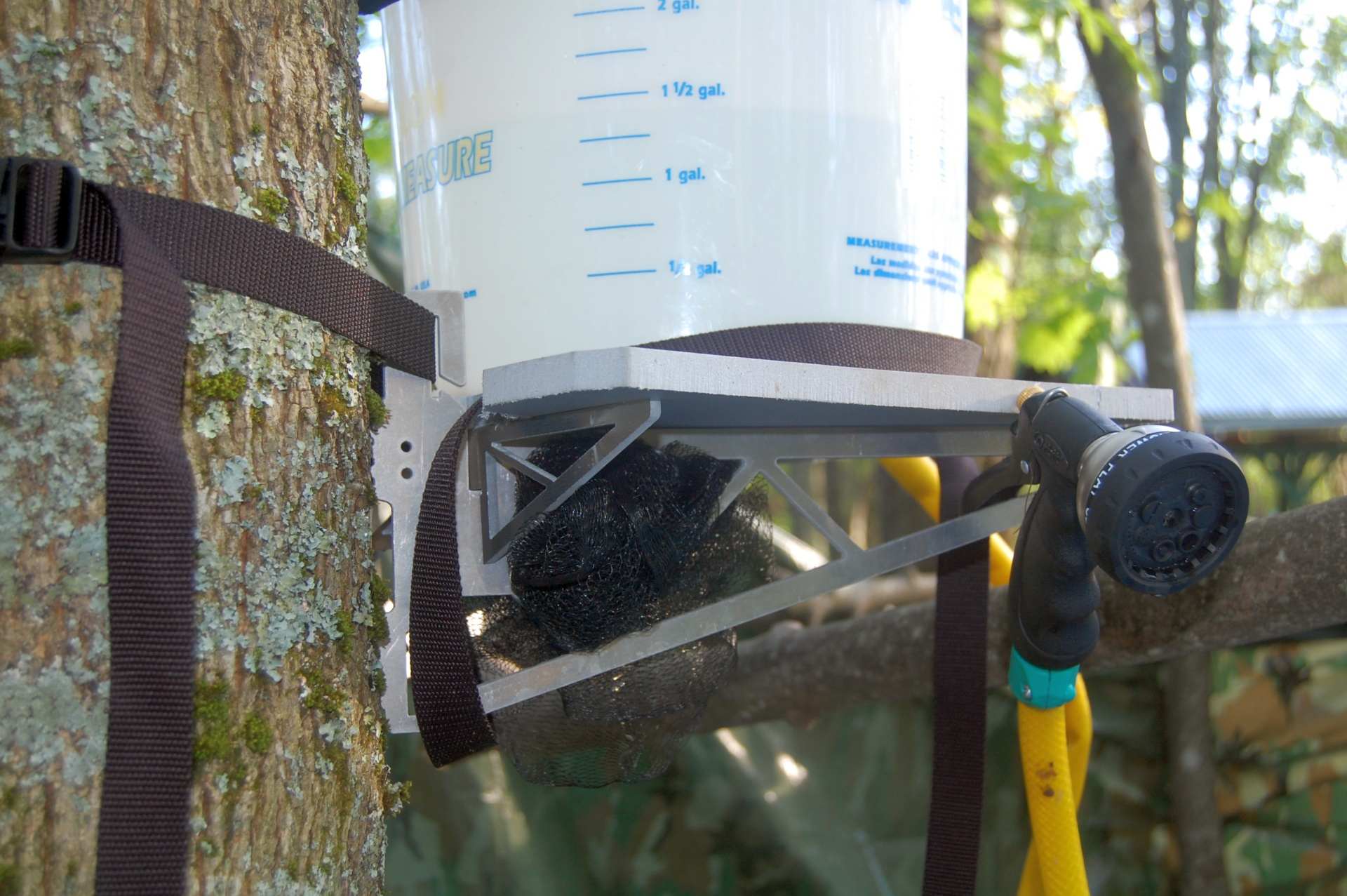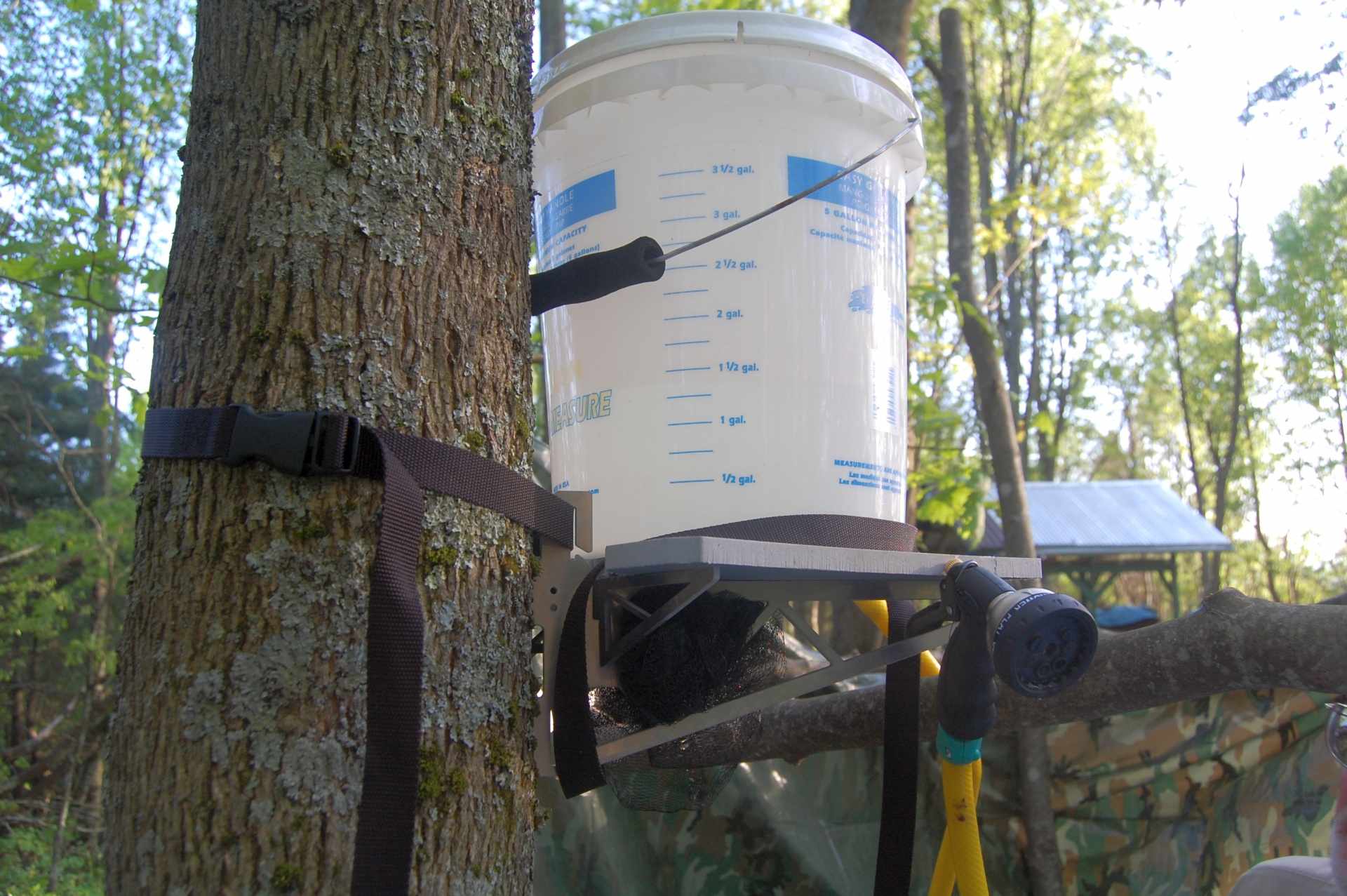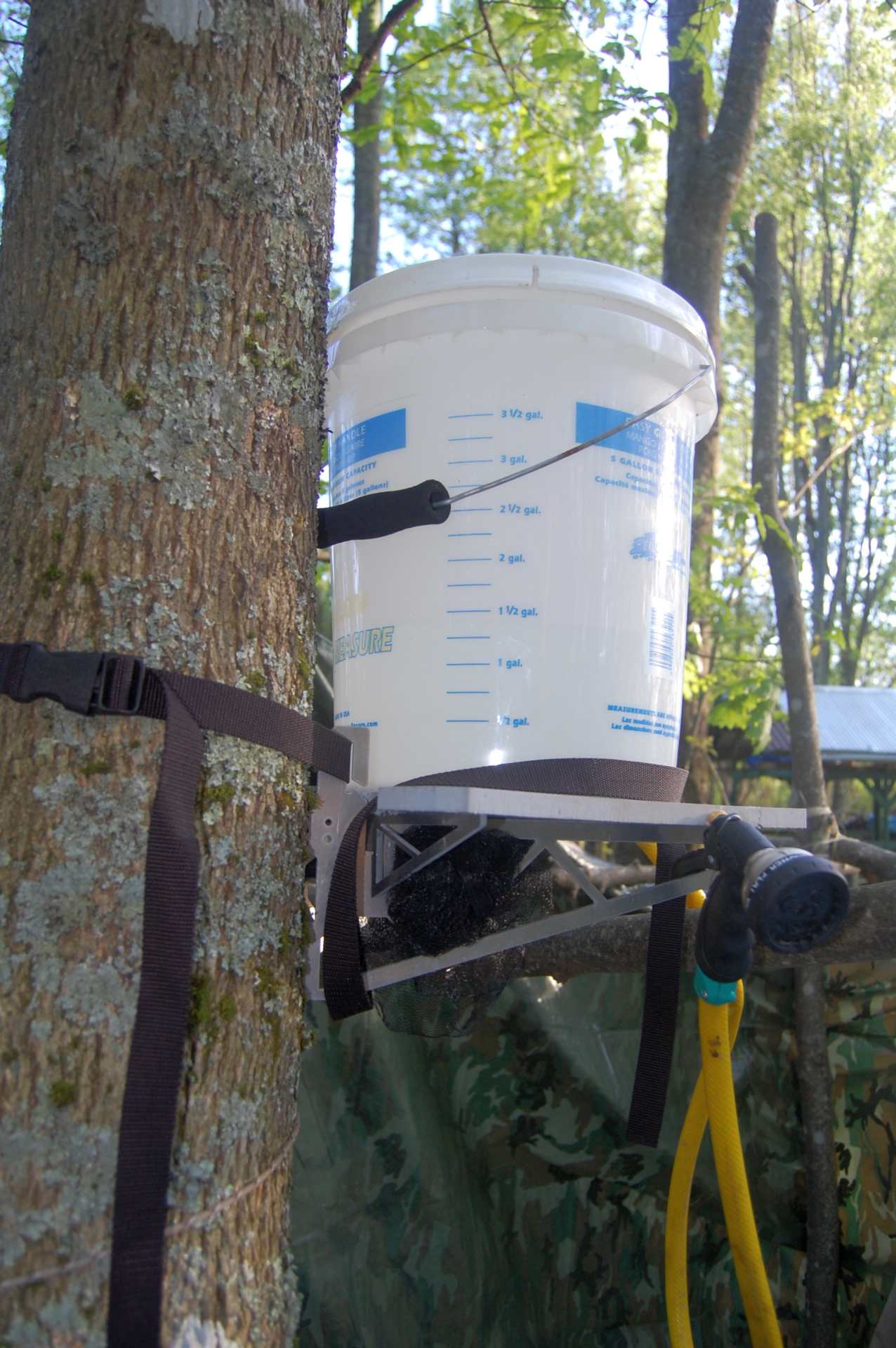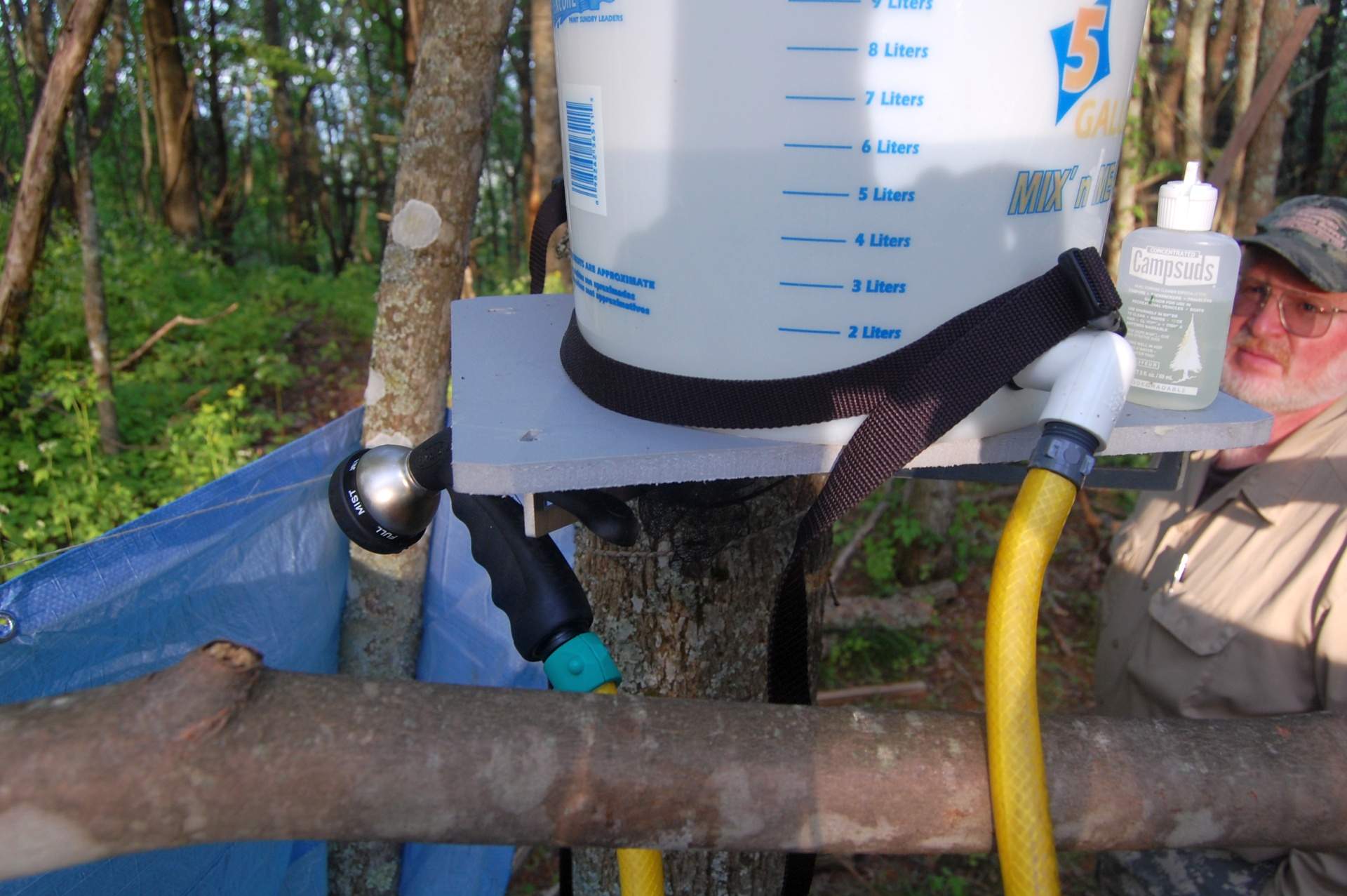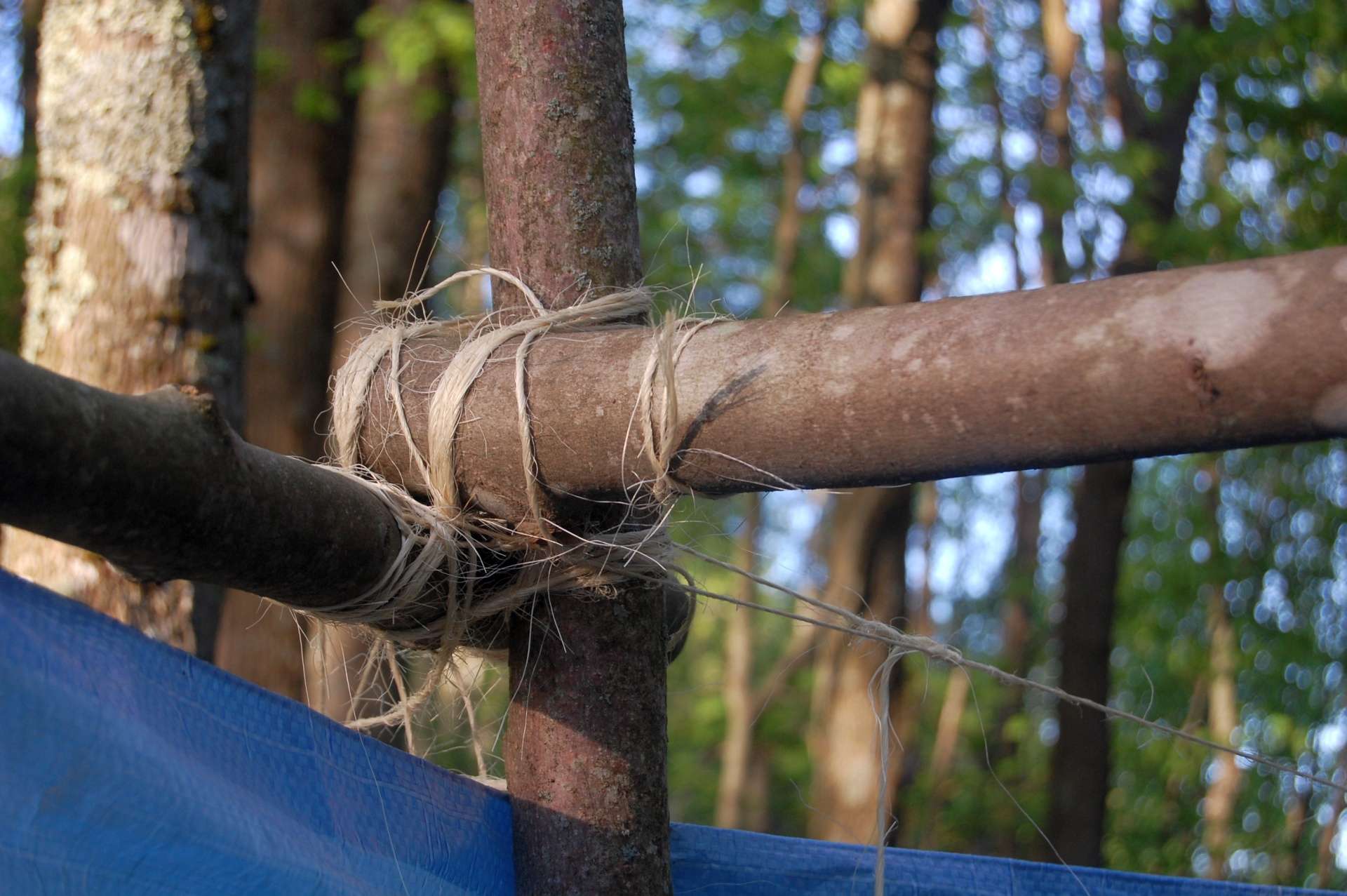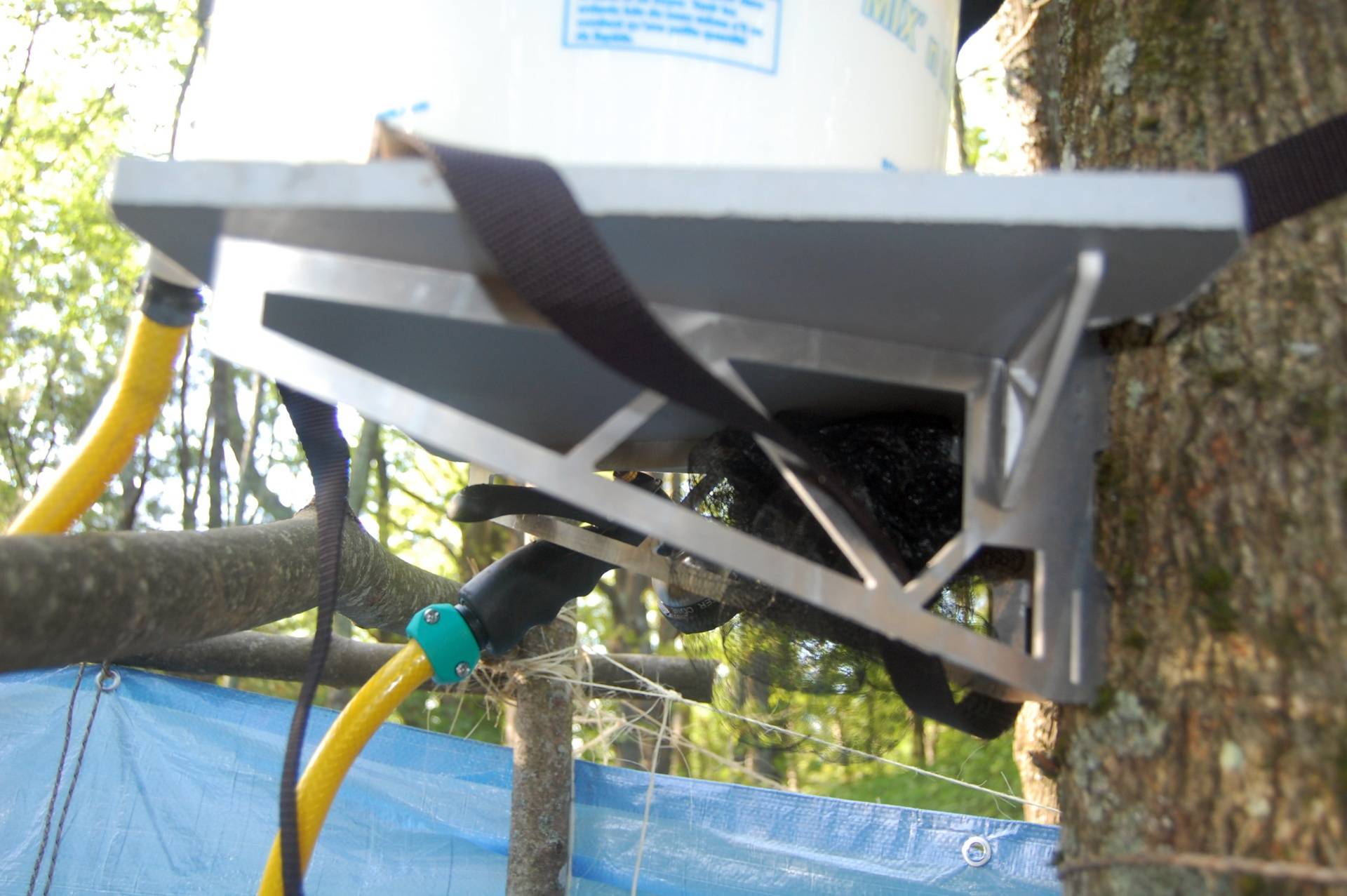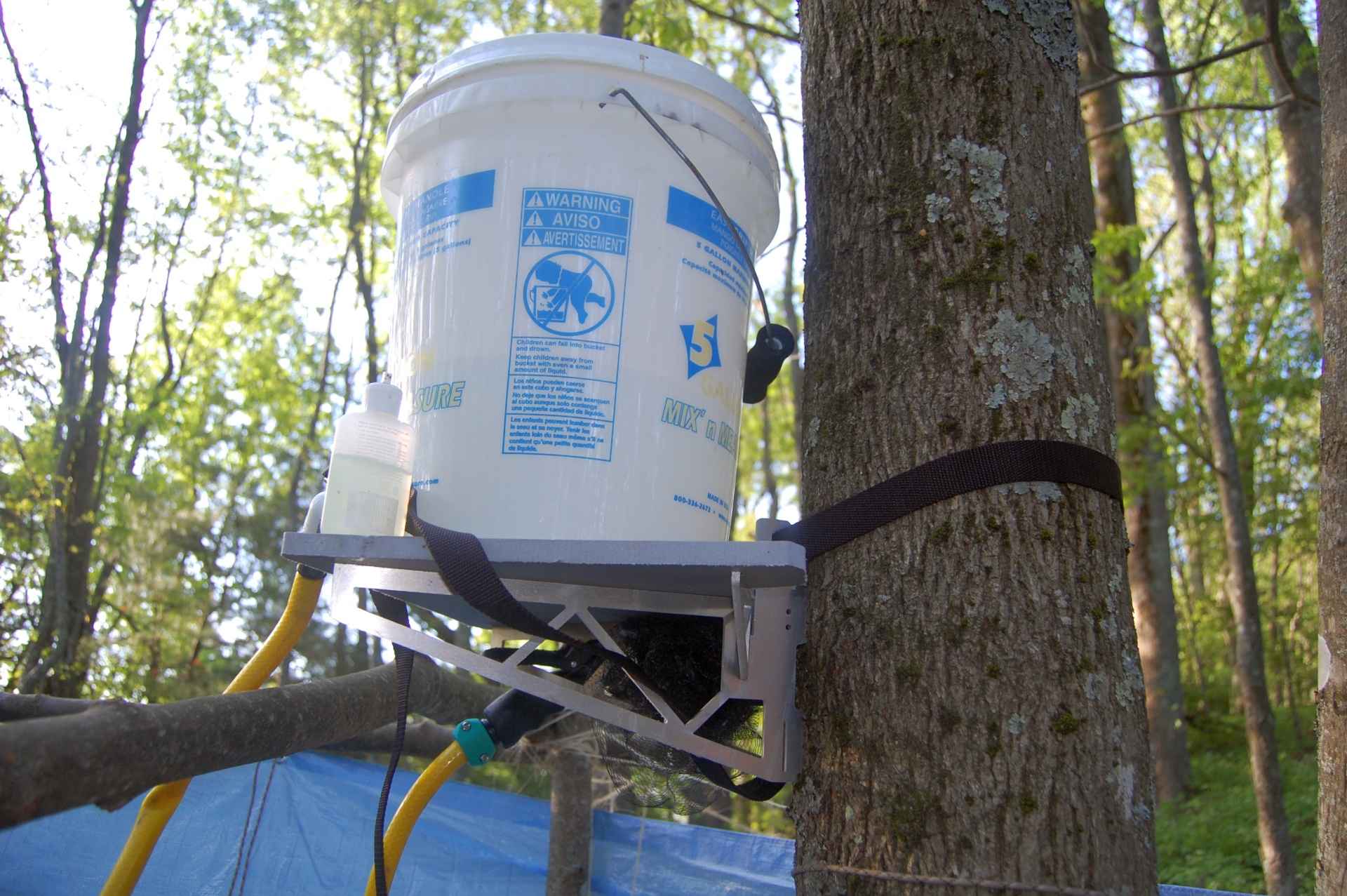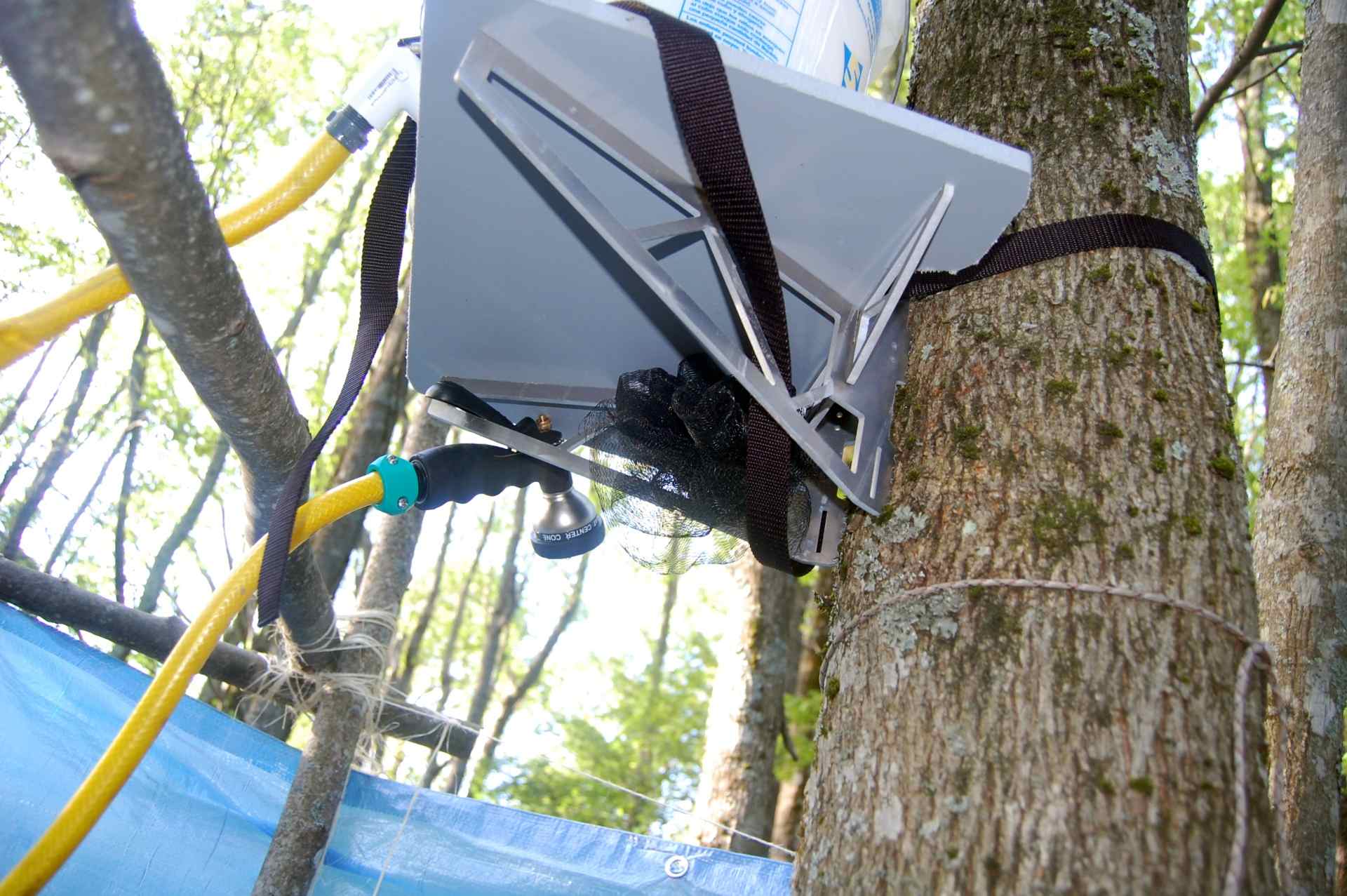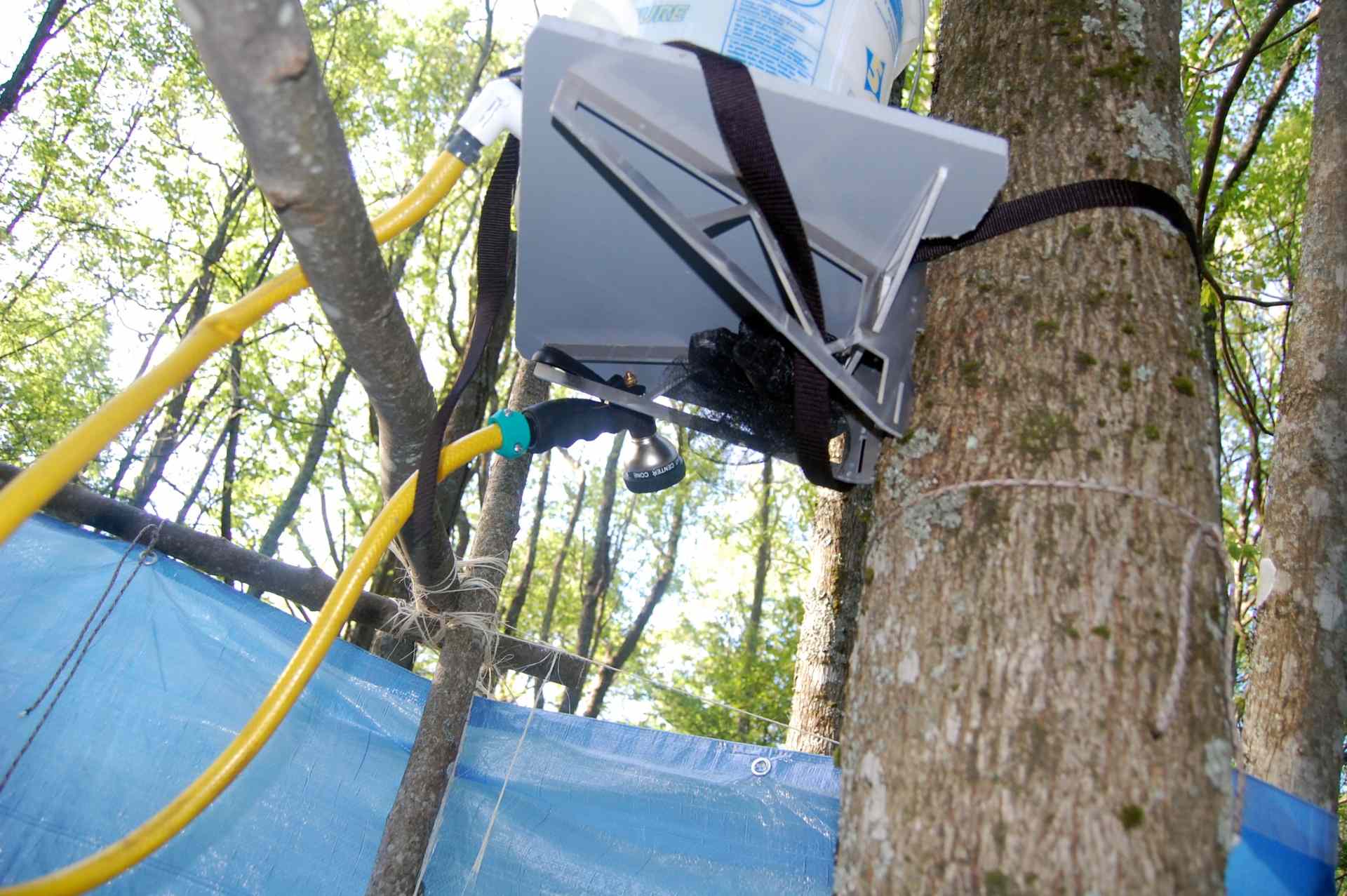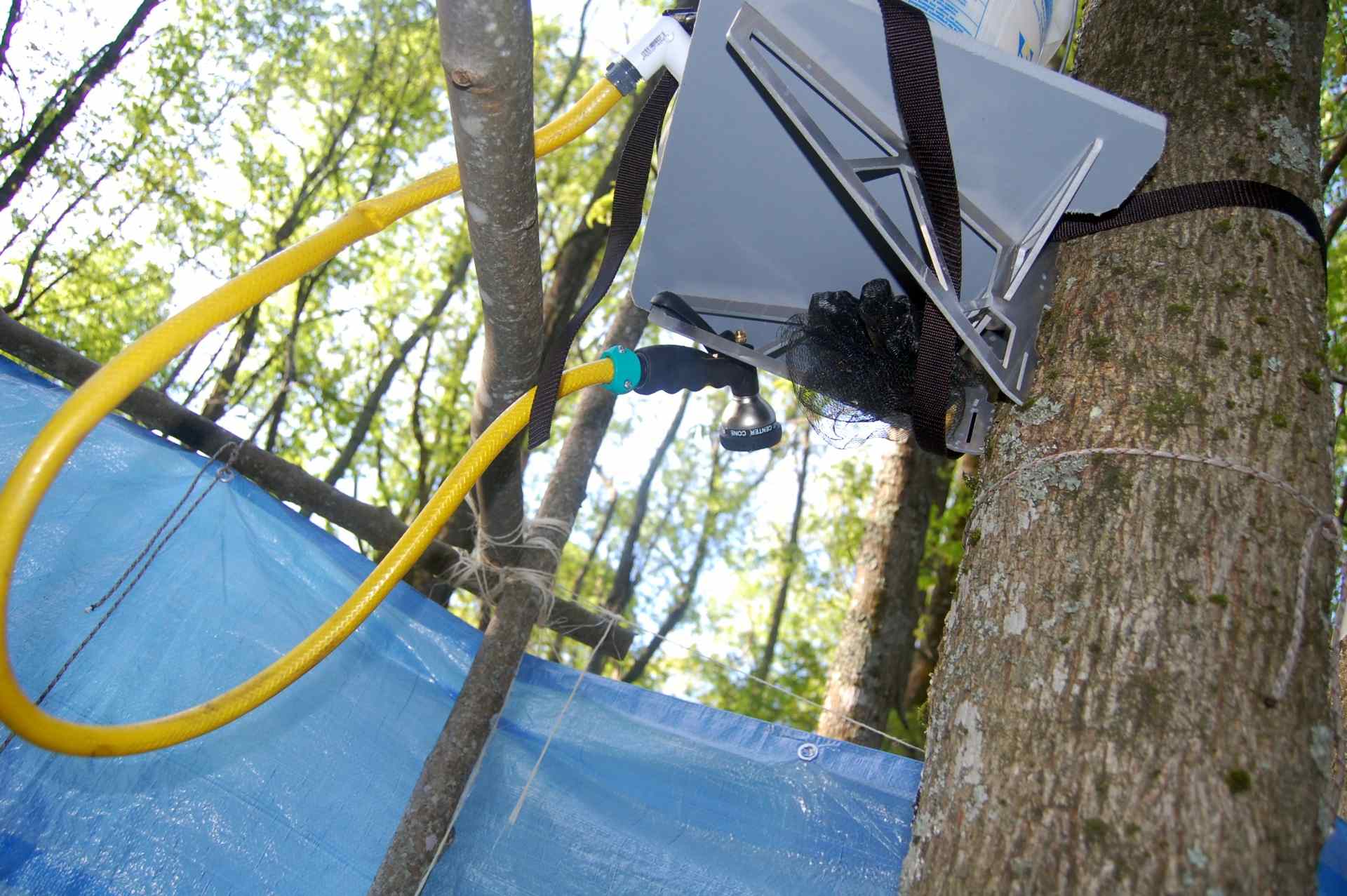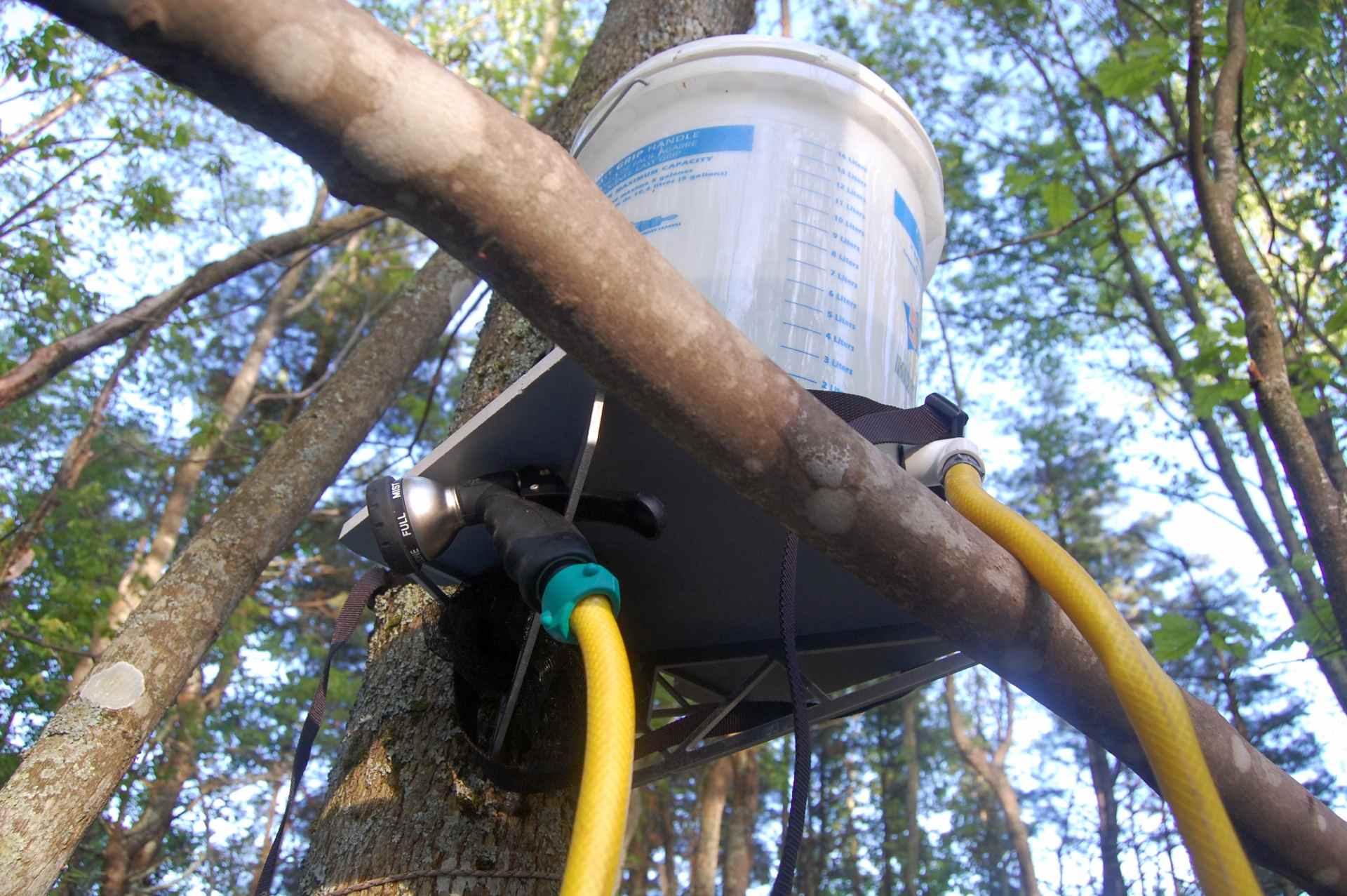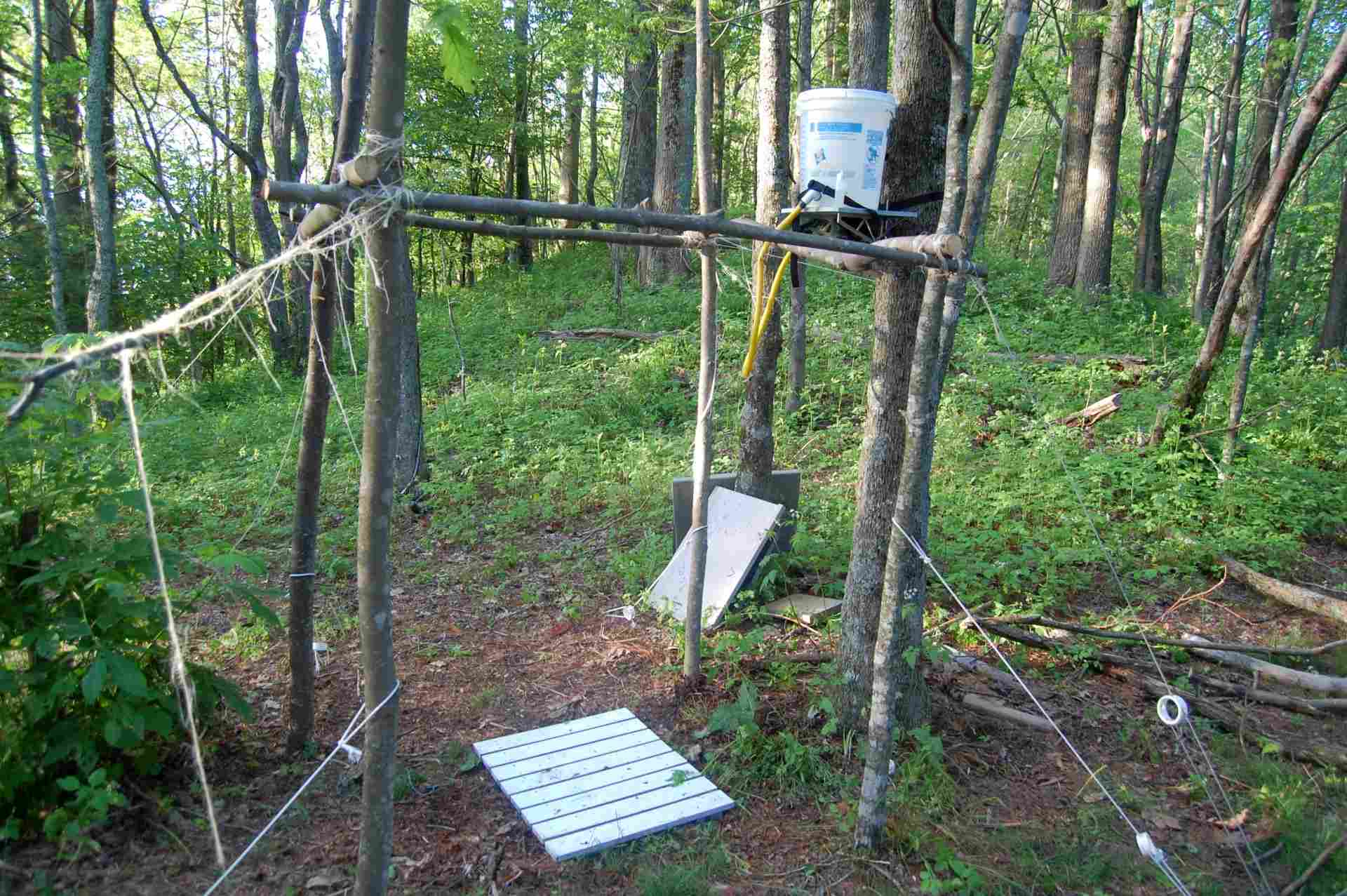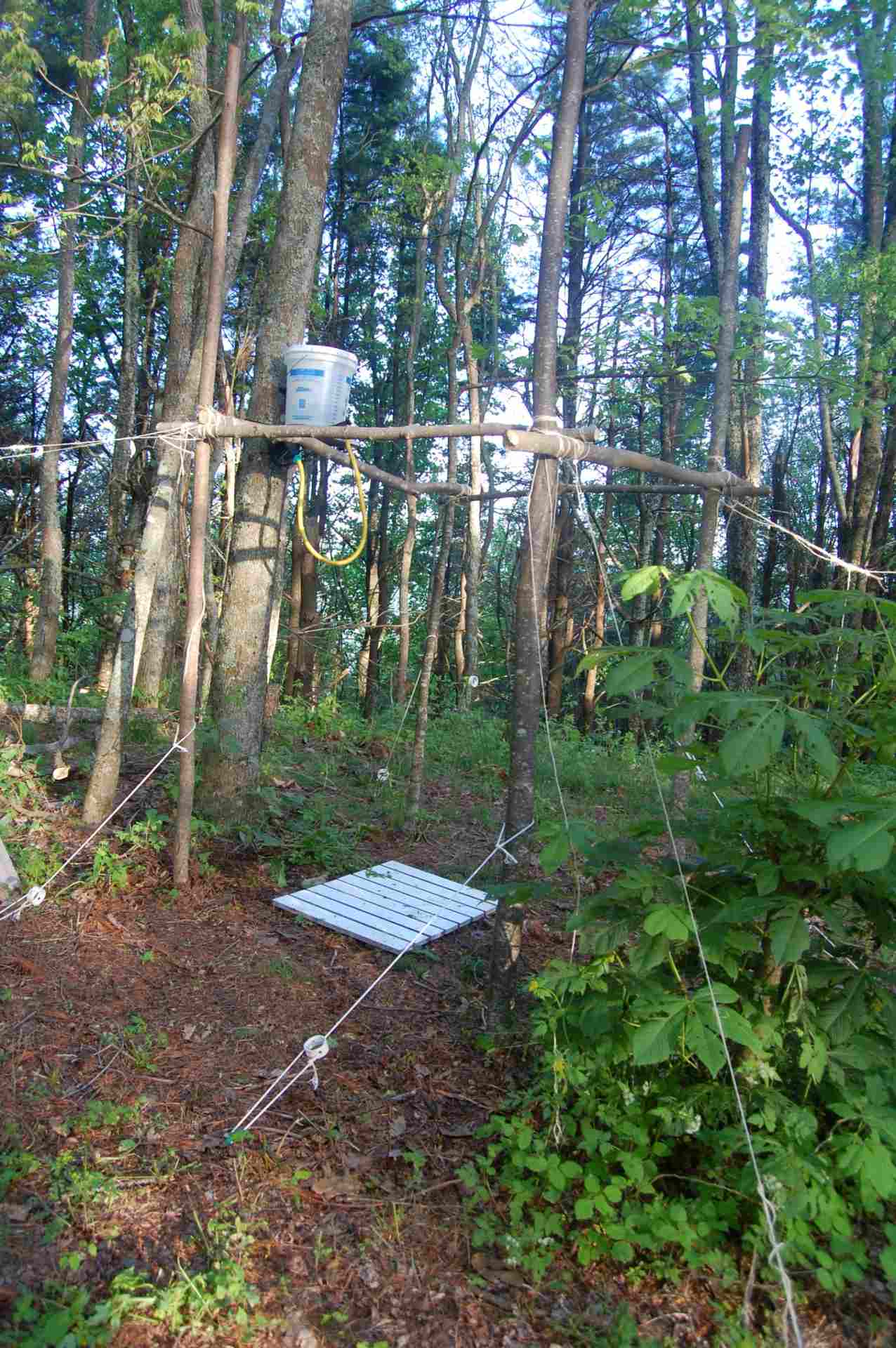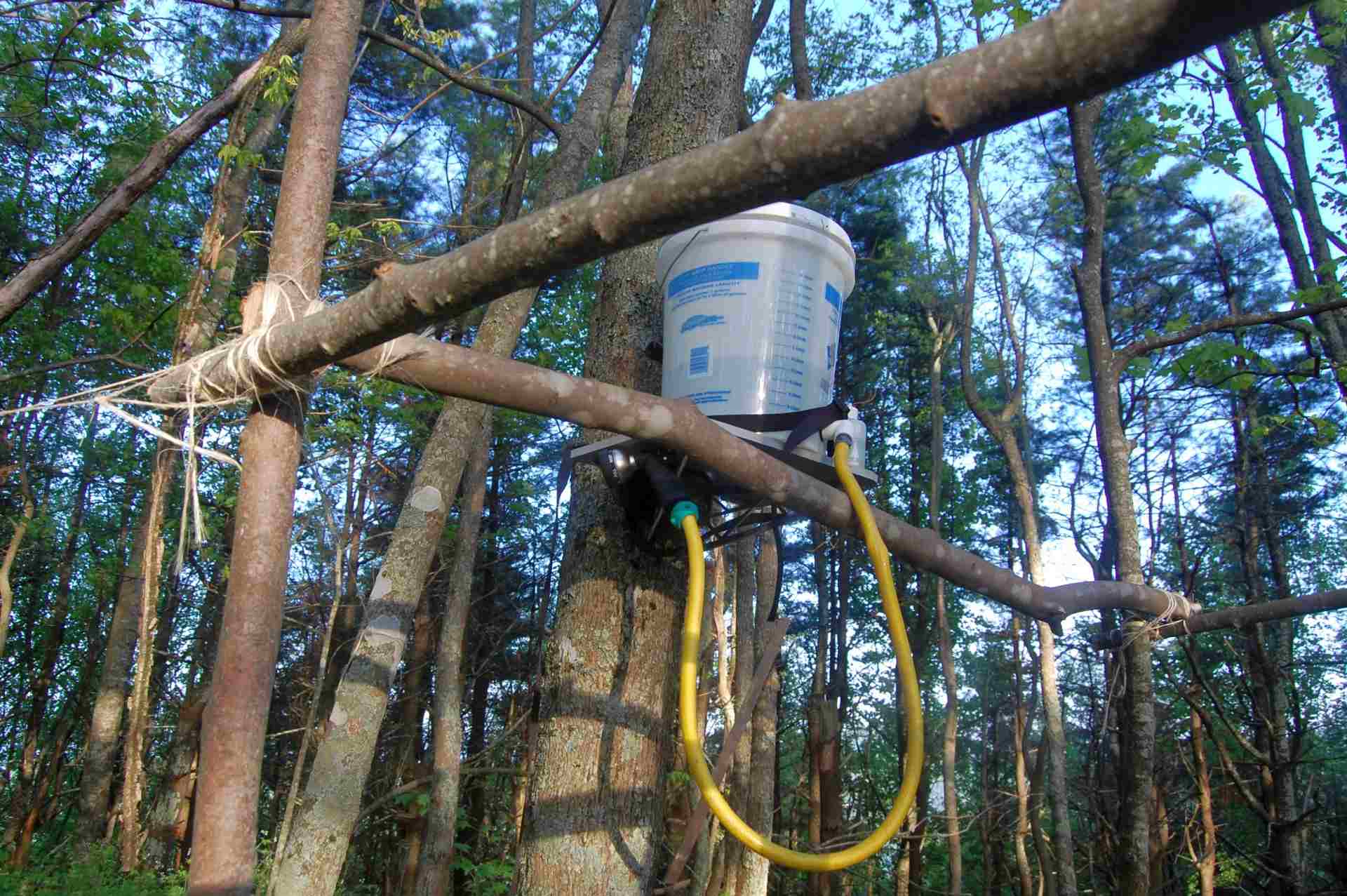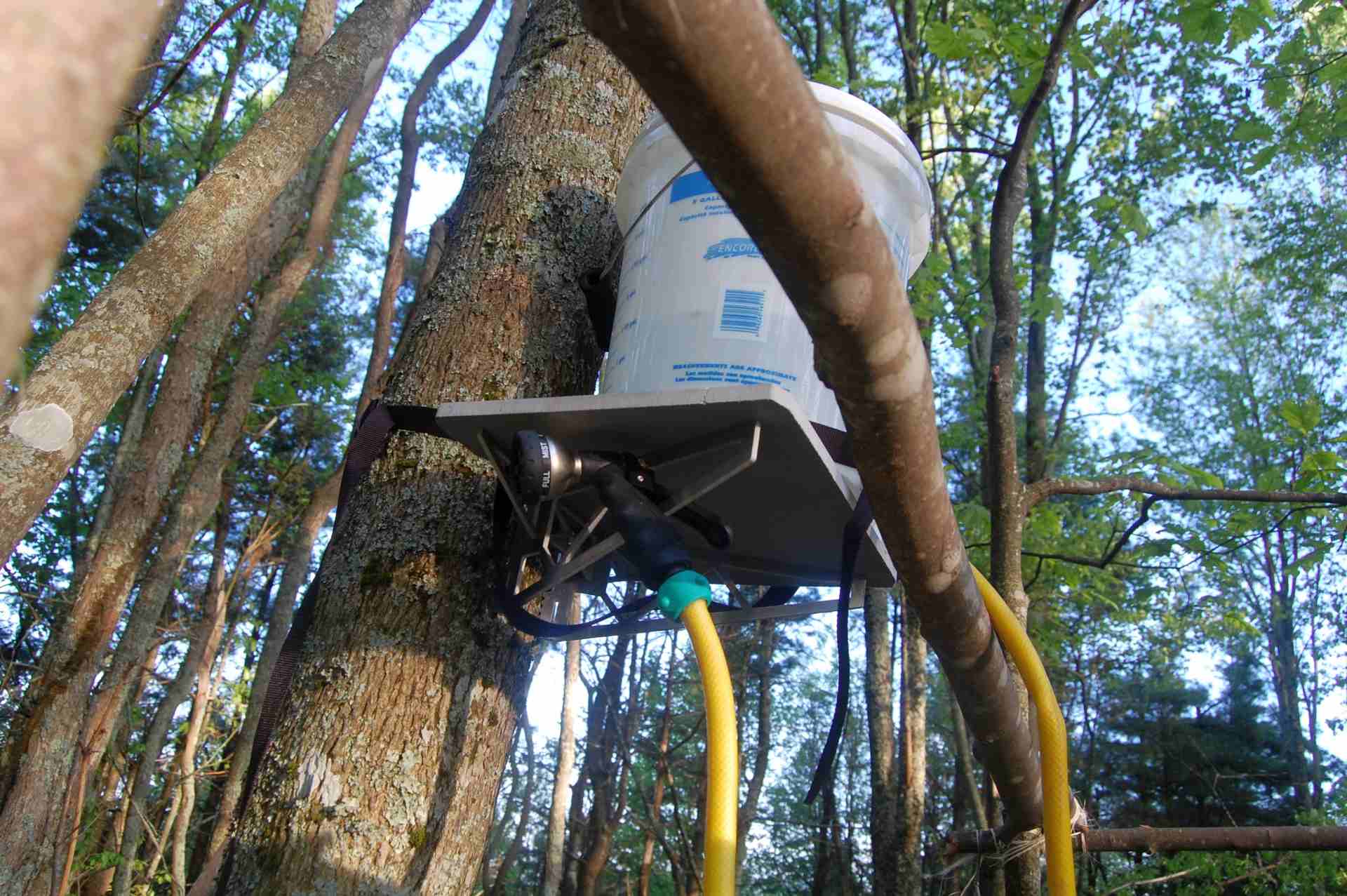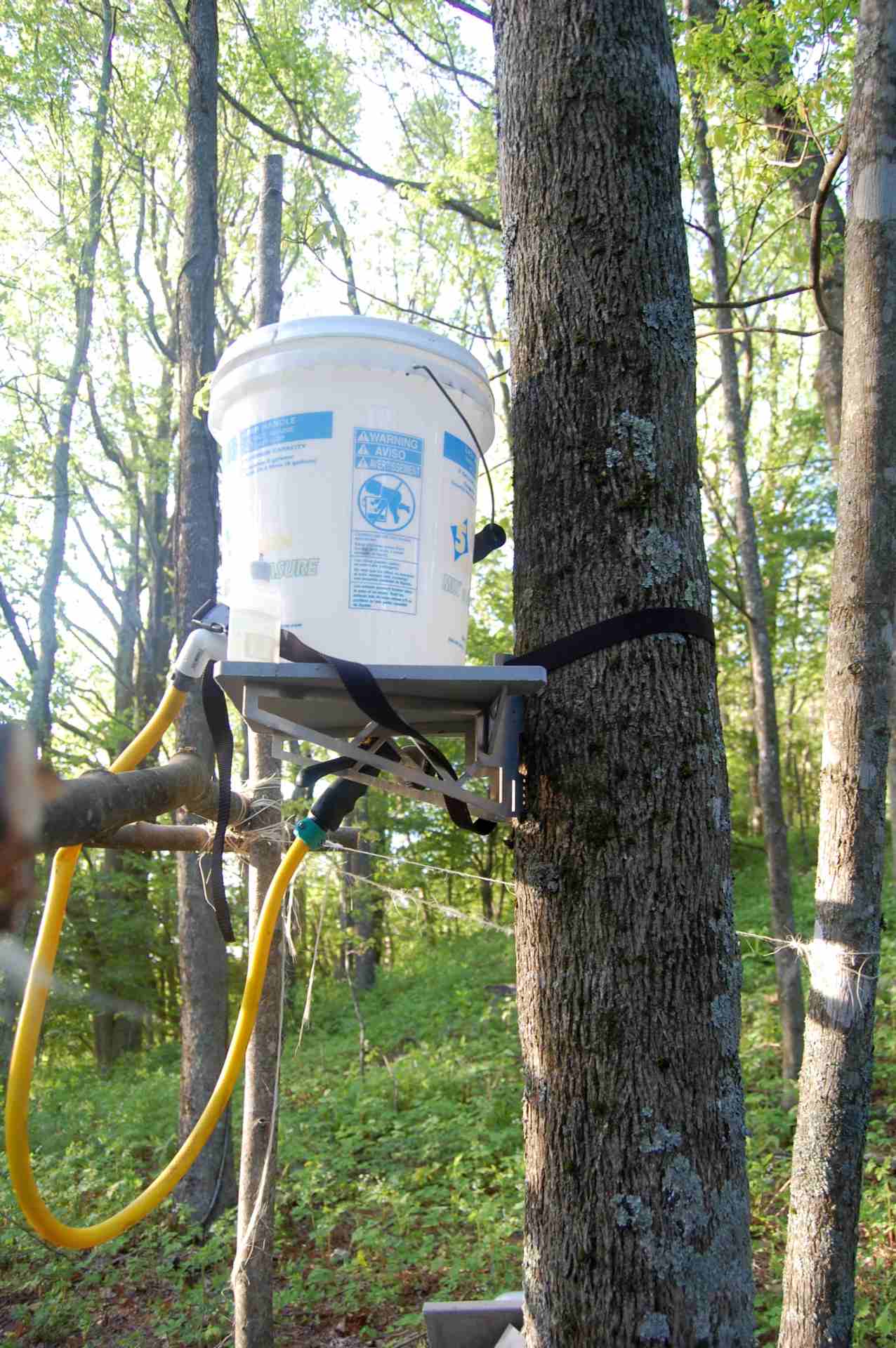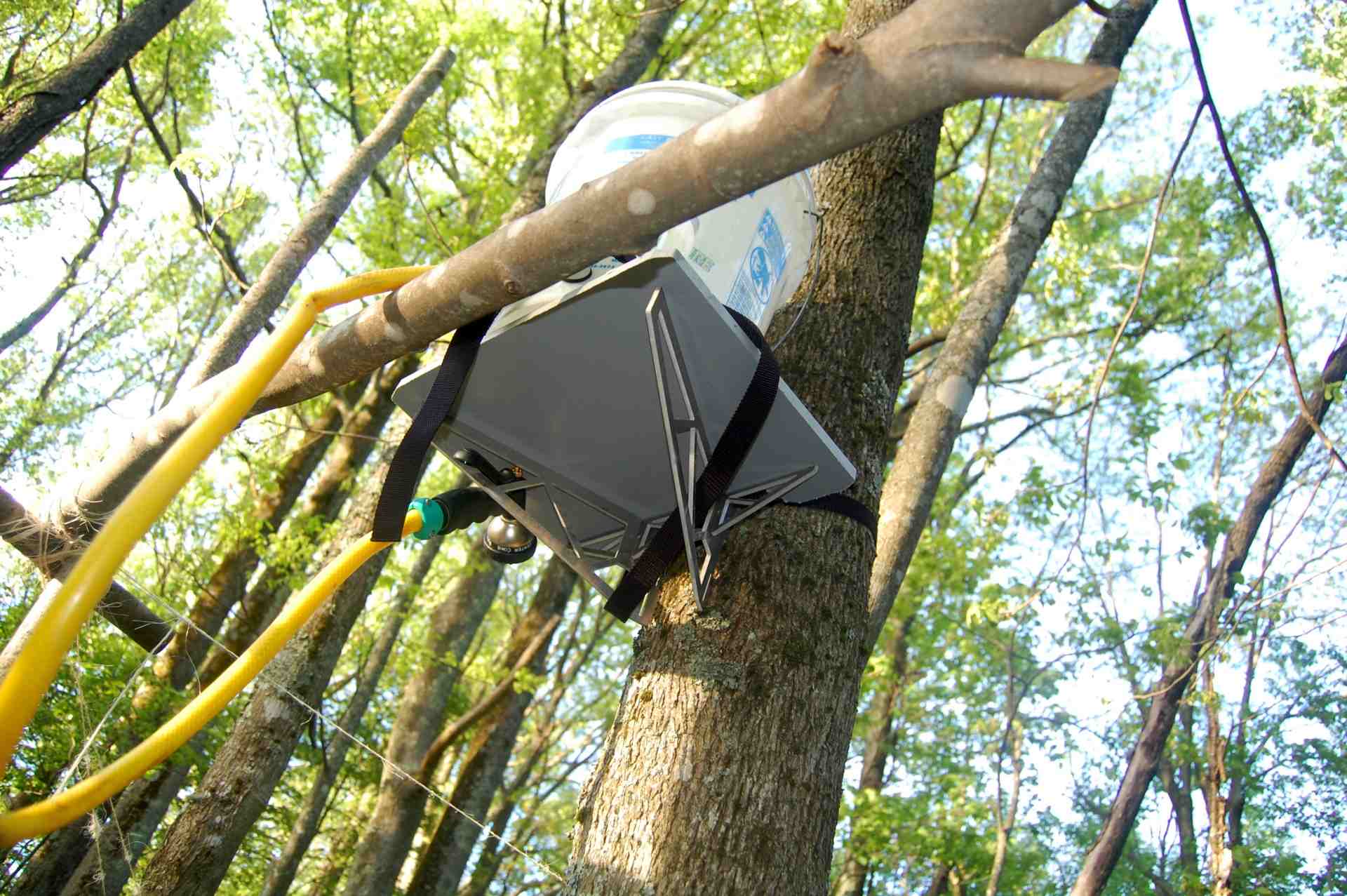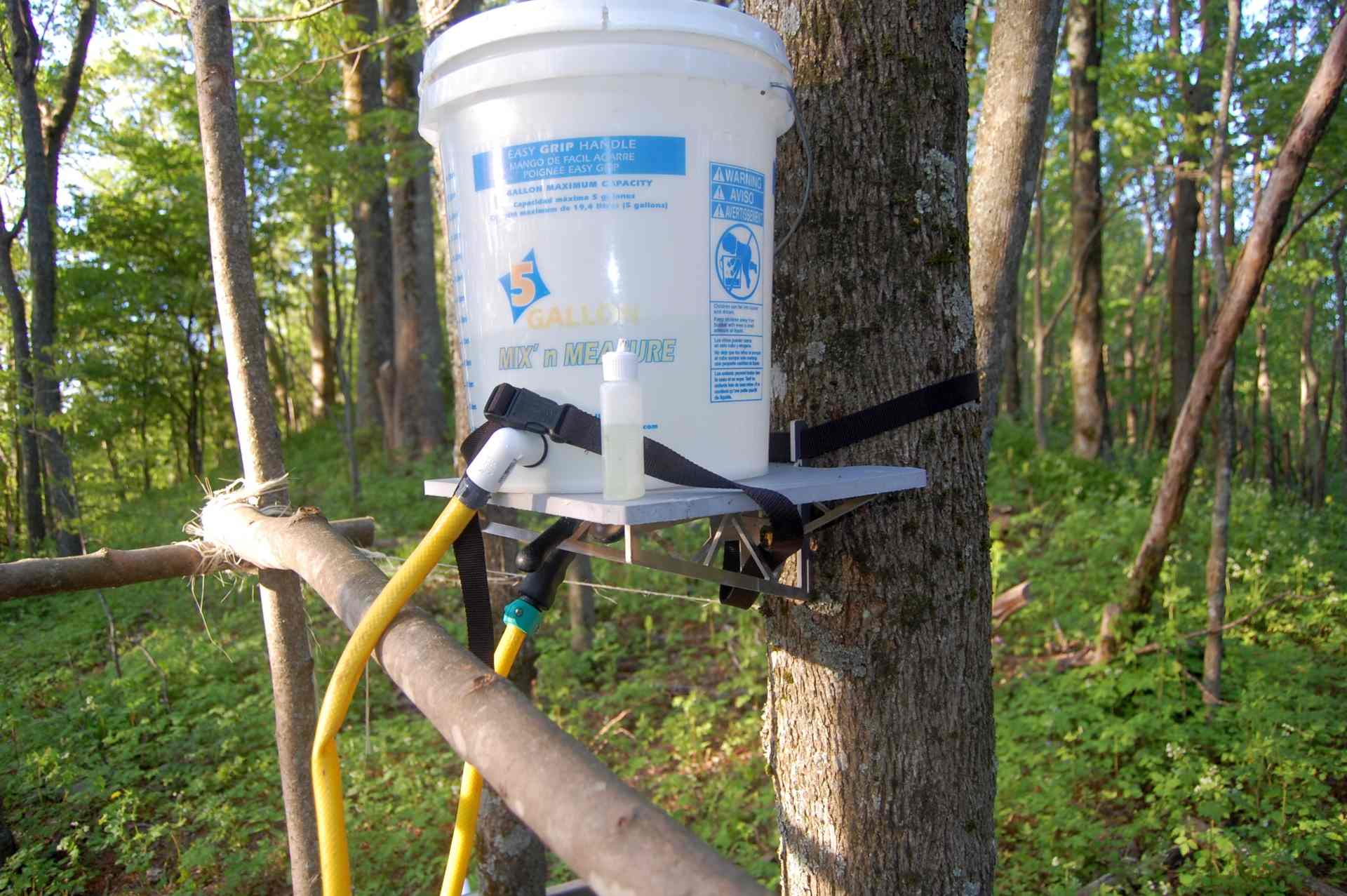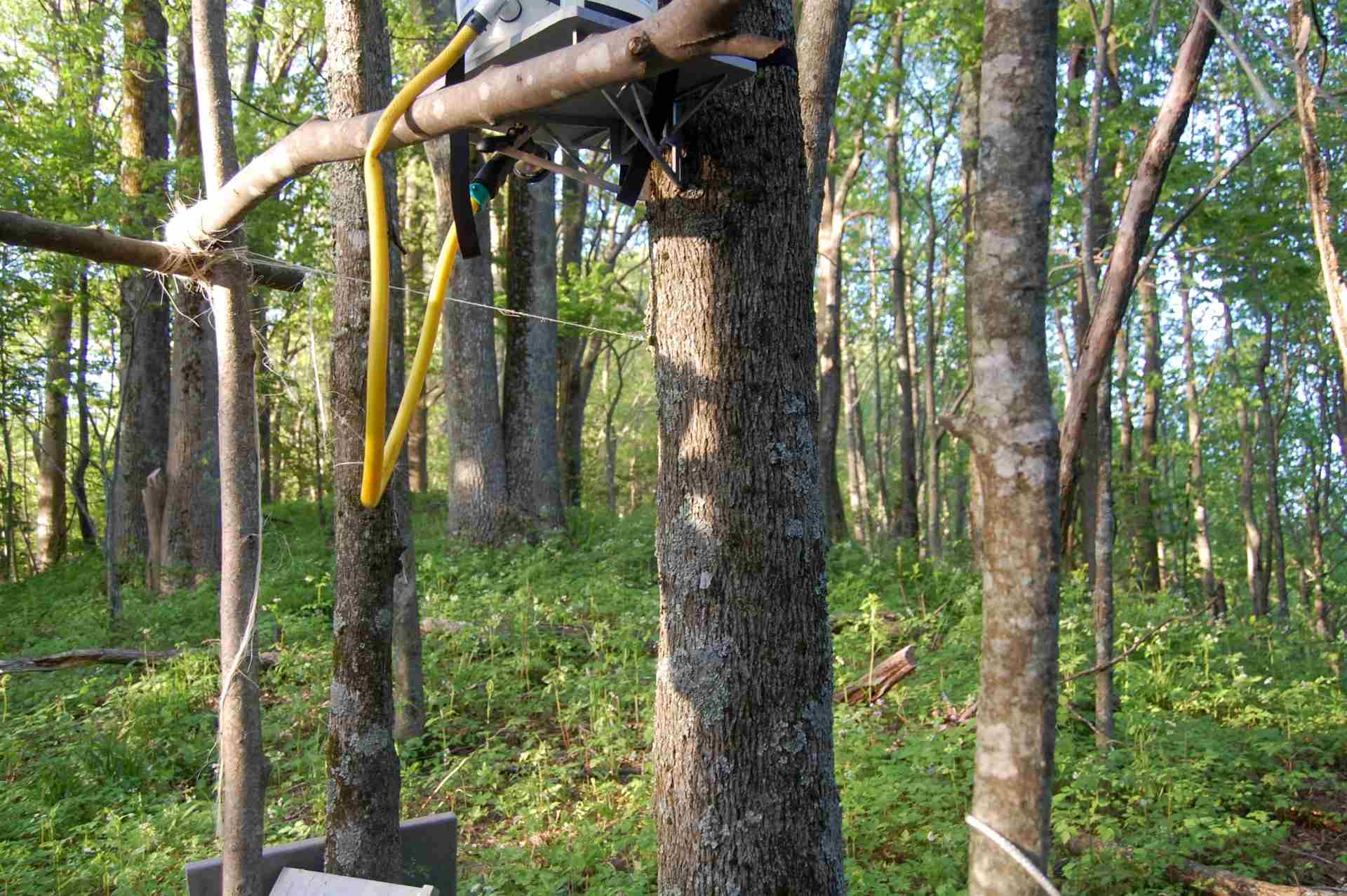Forget about designing from a clean sheet of paper. It can’t happen. The designer himself prevents brings a tapestry of experience, skills and preconceptions with him. Embrace that diversity and create better designs, even when you are starting from scratch. Once you understand you, then you can think on a broader scale and truly innovate on your next project!
This is a podcast I originally created in 2012.
Cheers,
Montie
montie@montie.com
—————————————————————————–
Audio File Transcript: Who Are You and What Does that Mean
Hello. My name is Montie Roland. And I’m with Montie Design in Morrisville, North Carolina. I wanted to spend a few minutes with you this morning talking about who are you and how does your skillset, your drive, your . . . how you go about creating new product concepts or new product ideas; how does that fit into everything.
We all have our own desires, drives and I want to kind of go through it and talk about it. And maybe learn a little bit about each other as we go through it.
I’m the president of Montie Design and also the president Montie Gear in Morrisville, North Carolina. Montie Design is a product development firm. And we develop products for you. And we fill in gaps. Sometimes it’s a small project; sometimes it’s a large one. And what we do is fill in those gaps in your engineering or your industrial design or your prototyping department; fill in those gaps to help get your product to market.
Montie Gear is a company that provides outdoor shooting equipment, and slingshots and fun stuff. Montie Gear was founded about four years ago as one of those things we decided as an institutional learning tool. And we decided that we wanted to design some of our own products, not just everybody else’s. So we did a couple and then said, well, what would it be like to sell them? How do we sell products without spending a lot of money on advertising? So, we put them on our website, Montie Design website, and then we also came up with the idea – thanks to Carl – of doing a lot of test and evaluation units. And over the years that test and evaluation unit approach has even rolled into a service we now call Social Reviews. And so, I don’t want to spend all day talking about that. Something we’re proud of. Montie Gear line has grown from zero to over a hundred thousand dollars in sales in about four years with very little advertising. So we’re very proud of that and we’re proud of the products we sell.
So it gives us a little different perspective on the product development process. So, not only do we develop products, we also are responsible for some of those products for selling, and manufacturing them. And that’s also kind of spilled over in that we’re now doing that for two clients where we’re providing the backend services – they sell them, and we ship them. We make sure they’re manufactured, that they’re packaged, they’re QC’d and then the customer’s happy.
And so, first question, our first thought is I want to throw out the thought of, you know, who is Montie? Who am I? If I’m going to tell you how other people are, I’m thinking maybe I should go ahead and kind of do a little analysis on myself. Now, Montie Design designs products for a wide variety of situations – manufacturing approaches. We have products that we design – they’re going to go straight overseas. We have products that we design and we get to a certain point and we turn them loose to an ODM somewhere the other end of the Internet and they take it from there; and we read about it in a magazine. We other products we’re more intimately involved with throughout the whole lifecycle. But, you know, it comes down to the “Who’s Montie” and how I think. I think the best example is to maybe watch what I do and not what I say in this case and look at Montie Gear.
With Montie Gear we’ve come at it from the standpoint of we want to have a high quality product that’s what we call heirloom quality-Toublesome Gap tough. Which means a very robust product that’s going to perform well in the field and it’s going to be the kind of product that you want to give to your grandkids because it’s that lasting and hopefully timeless.
So, right there, you kind of have to ask, well, how many of those products are high-volume. And the answer is very few. So we have mainly products that are low-volume, low-capital requirements – and by low-capital requirements, we haven’t built a lot of tooling; we haven’t spent a lot of money to get the products to market. Now the trade-off with that, of course, is the products cost more to manufacture, so you have a higher quality product, higher cost of goods sold, but at the same time that fits in with the Montie Gear approach where what we want to have is this heirloom quality, made local, products.
So, when I go to create a product for Montie Gear, or work with someone on our team that does, or work with an intern or what have you, we’re definitely in the mode of Let’s-get-something-out-there-fairly-fast, without spending a lot of capital investment; without a lot of investment. So, we want to design it, have it work well, but not rely on the fact that we’re going to injection mold it to get the price down or what have you; die cast it, and have to sell gazillions instead. We’re going to plan to sell handfuls at a time. So, in this case, my natural instinct is to rely on local manufacturers for Montie Gear, and to work with those local manufacturers closely to have a higher quality product sold at lower volumes – higher cost, but at the same time the higher quality and also that emotional appeal of having a product that the down the street made (which I think is having more and more value in our society). At the same time, if we’re going to have a higher-end product, we need to provide a higher level of customer service as well. So what we want to do there is to treat that customer well and make sure that we meet their needs on a timely basis.
So if we take that a little farther and look at it in a broad perspective, there’s several different kinds of companies. One company is a company that’s service excellence. They may not be terribly innovative, but you get the same service every time. A great example of this is McDonald’s. You know what you’re going to get no matter where in the United States you go; and to a certain extent, you’ve got a good idea of what you’ll get no matter where in the world you go. So, their goal is to bring you a reliable product at a reliable price, and get it to you quickly and have no surprises. So, it’s a safe bet. You stop and eat at McDonald’s, you know exactly what you’re going to get. That’s not a terribly innovative company at this point. It may have been innovative early on by driving the concept of fast food and so forth. But at this point, it’s a mature company and they don’t do a lot of innovations. They do little tweaks here and there. And they definitely don’t create a lot of new intellectual property; at least, that goes into their products. Most of the intellectual property goes into logistics, service.
So let’s look at other companies that have to innovate. So, kind of break it down into two different types. One is a product excellence company. So a product excellence company is a company where you know that you’re going to get the finest product you can get. You’re going to get a high quality product; you’re going to get service to go with it. So, the whole experience is excellent. They may or may not be innovative, but at the same time, you’re going to get this high quality, high satisfaction product. A good example is that you may go buy a ring for your wife (or your husband); and that ring hasn’t really changed a whole lot. You got a little filigree here and its silver instead of gold, but for the most part, your expectations is very high level of quality. Not a lot of innovation in that industry, I would argue, for the most part. There’s some artistic work but not a lot of what I describe as true innovation. And then another example is a company that’s very innovative, or it could also be very inventive, where they create new intellectual property. And so, in either situation that organization is relying on either innovating or inventing to drive their products ahead of their competitors. And that’s a very important part of the whole ecosystem as well. And that’s the ones a lot of times we tend to really want to get behind. And everybody just wants to always tell the example of Apple, but they’ve come up with some really great products by often by innovating and inventing. And so they’re an example of a company where they try to stay ahead of the curve. And a good example of that is if they don’t, they’re products don’t always compete as well because of cost. So, they want to have this innovative customer experience, these innovative products; but as those products age, there are a lot of times that “me, too” products are a lot more attractive. A good example of that is the iPhone is now starting to be displaced by other smartphones, where at first they were “me, too” – for example, Samsung, HTC – but now they’re starting to actually have some innovation and some invention in what they do. And so they’re competing very well. And if you look at the iPhone 5 versus the latest HTC or the latest Samsung, there’s starting to be a technology gap, which in this case isn’t in Apple’s favor because they really relied on having this amazing edge in the marketplace. Now, they also have a lot of other things going for them, but in the realm of phones, that edge is absolutely critical to maintain their market share.
This also applies to smaller organizations. I like going to the Apex farmers’ market. And there are several folks there that cook different types of items. So, one example is there’s a lady there that makes pies and she makes muffins and so all the recipes she’s using are pretty old school. There’s not a lot of innovation. So, what she’s bringing to her product is quality; its handmade from scratch; these very desirable elements, but there’s not a lot invention or innovation that goes into that. So, if you look at this in the context of the three categories I described earlier, she’s in the service excellence category, or product excellence. So, she’s using her time buying some materials and turning that into a product. Now, in no way am I denigrating that as a model for business. There are a lot of very successful businesses that do that. Think about how many large cookie companies there are. And so, it’s a very valid way of doing business. I think the important thing is that if you’re in that type of business, it’s often handy to understand what your model is to help you make future decisions and current decisions.
So a lot of the folks that we buy stuff from that make pies and pastries at the farmers’ market, there’s just not a lot of innovation there. So, they want to provide a high quality product; they want to provide a friendly face; and it tastes good. You like the fact that the person you’re talking to made it yesterday or this morning, put their time and love into it. And so that’s a good way to look at that. The other categories you find in different places. So, for example, if you’re an inventor, then generally when someone considers themselves to be an inventor, or we consider them to be an inventor as an organization, they have an interest in creating intellectual property, and then selling the concept. So, they’re truly inventing. So, in this case, they’re viability as a service provider (or as a vendor) to someone is their ability to innovate. So, they fall in that last category because if they come up with a concept that’s already out there and it’s a “me, too”, as an inventory they really haven’t invented anything. When you look at entrepreneurs, the entrepreneur – and I want to define the inventor as someone who invents for the sake of invention-to-license later – an entrepreneur is someone who builds a company and an infrastructure that is designed around selling a product; manufacturing and selling it. It’s an important distinction.
So when the entrepreneur does this, the entrepreneur may be making pies to sell at the flea market; may be making cupcakes; and in the last few years there’s been this huge amount of cupcake industry forming. It’s really amazing how many cupcake companies there are. These companies that make cupcakes make some amazing cupcakes sometimes. So you can go and get a cupcake at the grocery for $2.50; or you can go to a specialty store – you might get a $20.00 cupcake. Yes, a $20.00 cupcake. So, could a cupcake company kind of fall into these categories? Well, yes. A cupcake company could be a matter of picking twelve existing cupcake designs, styles, and then making those. And in that case, their appeal is service. They’re providing a product that’s based upon their labor. So it’s not a real inventive product in that case. But there are also cupcake manufacturers and cupcake stylists that provide cupcakes that are very different. And they’ll actually do research into different ways that they can do this. Or maybe come up with their own. So, there may be a new style of icing or a new style of . . . packaging. You know, what can they do different that sets them apart? Now, the question to ask is – Are you selling cupcakes because you have something that’s truly original? It’s a, I don’t know, vacuum-puffed cupcake that no one else can do. And you’ve got this trade secret on how to make vacuum-puffed cupcakes. Or, are you selling products that are just based on your hard work and love? And usually there’s a mixture of the two. But, so, it’s important to understand how your business thrives based on where you are in these models. Because then, all of a sudden, you can make better decisions about how much time and resources and money you should put into these different activities. So if having inventive cupcakes doesn’t drive sales, then maybe you’re putting too much effort into inventing those crazy, new technology cupcakes. If the fact that you sell these crazy vacuum-puffed cupcakes is what is driving your new sales (or your existing sales) in a big way, if that’s what’s driving your growth, then maybe you need to put more effort into the crazy ones.
And so it goes a little beyond just the matter of the accounting; saying this cupcake sold this many, this cupcake sold this many. I think it also goes into the strategic planning. So I think it’s important to plan your strategy around what type of company you are. And so understanding these distinctions and where you fall, and how where you fall helps your business grow, is very, very important. This type of strategic planning and understanding is important at the Fortune 500 level; its important at the small business level. Because it important for anyone in a small business to make sure that you’re always, always – always – making good use of your resources. And understanding, you know, your place in the process of developing new products; or not developing new products helps you make the best decision to maximize your return on investment. Which is critical because it’s a small business; it’s tough enough to survive even if you’re making good decisions. So, making better decisions may be a different between subsistence and true growth and just kick-butt kind of company. And I think how you go about product development, or don’t, is an important part of that and can help you dramatically.
I hope this podcast is helpful. This is a tough subject to sometimes kind of articulate through and work through and walk through with you. So I hope it was helpful. Understanding your spot in your strategic model and what the strategic value of your . . . or what the value proposition of your company is, is something that can really help.
Let me know if you have any questions. Montie Roland, Montie Design. (M-O-N-T-I-E)@montie(M-O-N-T-I-E) .com. Visit us on the website – (M-O-N-T-I-E)@montie(M-O-N-T-I-E) .com. There’s a handy little chat tool and you can click on it and get immediate help. Either way, it’d be great to hear from you. And have a great day. Montie Roland, out.

